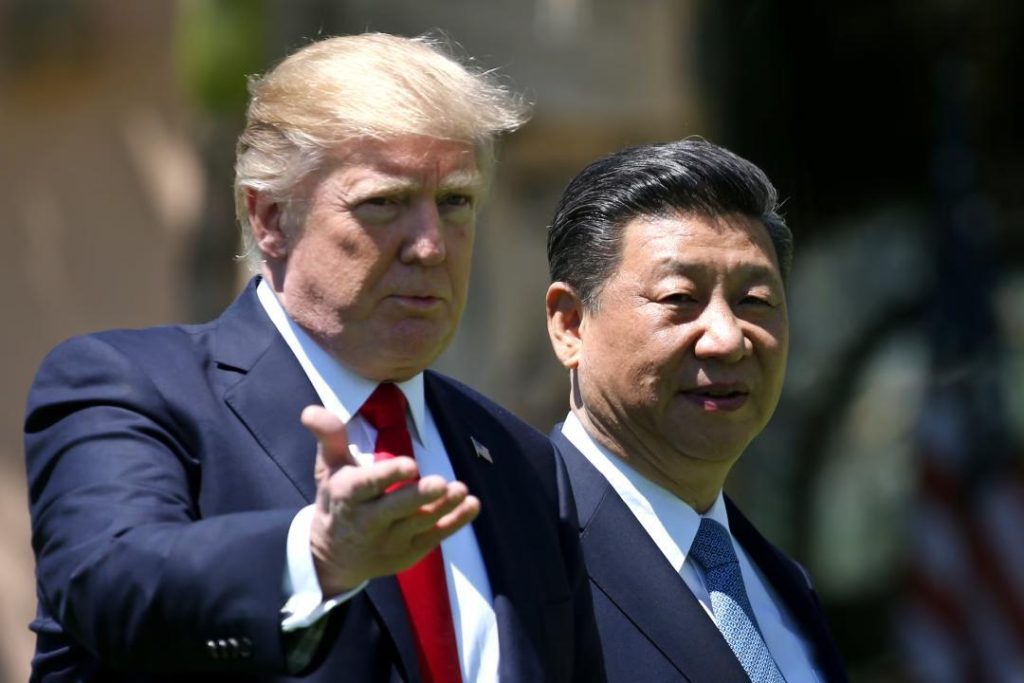
Trump to Allow 6,00,000 Chinese Students in US Amid Tariff Talks
In a surprising move, US President Donald Trump has announced that the United States will permit entry to 6,00,000 Chinese students amid ongoing tariff talks with China. This reversal of visa restrictions targets Chinese nationals tied to the Communist Party or sensitive research, marking a significant shift in the country’s stance on Chinese students.
The news comes as a relief to many Chinese students who were eagerly awaiting a decision on their visa applications. The restrictions, which were introduced in June, sought to limit the number of Chinese students entering the US, citing national security concerns. However, it appears that Trump has decided to put aside these concerns and prioritize improving US-China relations.
During a recent press conference, Trump emphasized the importance of fostering stronger ties with China, despite ongoing tensions over tariffs. He expressed his willingness to meet with Chinese President Xi Jinping later this year to discuss trade, signaling a willingness to find middle ground.
“We’re going to allow 6,00,000 Chinese students to come into the country, and we’re going to make a big deal with China,” Trump said. “We’re going to make a great deal, a fantastic deal, and I think it’s going to be tremendous for both countries.”
The decision to allow Chinese students into the US is seen as a significant concession by the Trump administration. In recent months, tensions between the two countries have escalated, with both sides imposing tariffs on each other’s goods. The US has also taken steps to limit the number of Chinese nationals working in the country, citing concerns over intellectual property theft and espionage.
However, it appears that Trump’s administration is willing to put aside these concerns in order to make progress on trade talks. The decision to allow Chinese students into the US is seen as a positive step towards improving relations between the two countries.
Chinese students have long been a vital part of the US education system, with many top universities relying heavily on international students to fill their classrooms. In fact, according to the Institute of International Education, Chinese students accounted for nearly 30% of all international students in the US in 2019.
The decision to allow Chinese students into the US is likely to be welcomed by educational institutions across the country. Universities and colleges will be able to continue to attract top talent from China, while also fostering greater cultural exchange and understanding between the two nations.
However, not everyone is pleased with the decision. Some critics argue that the move will allow Chinese nationals to access sensitive research and technology in the US, potentially putting American national security at risk.
“It’s a mistake to allow Chinese students to access sensitive research and technology in the US,” said Senator Marco Rubio, a Republican from Florida. “We need to prioritize national security over political expediency.”
Despite these concerns, Trump’s administration appears committed to making progress on trade talks with China. The decision to allow Chinese students into the US is seen as a significant step in this direction, and could potentially pave the way for a more comprehensive trade deal.
As the US and China continue to negotiate, it will be important for both sides to prioritize national security and intellectual property protection. However, it is also clear that improving relations between the two countries will require a willingness to compromise and find common ground.
In conclusion, Trump’s decision to allow 6,00,000 Chinese students into the US amid tariff talks marks a significant shift in the country’s stance on Chinese nationals. While some critics may express concerns over national security, the move is likely to be welcomed by educational institutions and could potentially pave the way for a more comprehensive trade deal.



